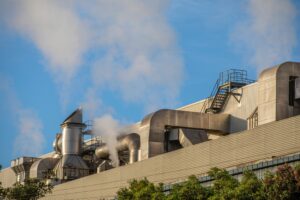Waste-to-energy

Summary of recommendations
1. Health stakeholders should be invited to comment on the efficacy of Australia’s waste and recycling policies, especially in relation to air quality and health impacts of emissions from waste-to-energy (WtE) processes.
2. A full assessment of the environmental impacts life cycle assessments (LCAs) of WtE plants should be considered on a case-by-case basis to evaluate the risks and benefits of pollutant emissions and less obvious potential impacts on the local and wider community, within the life cycle of WtE and alternative/traditional processes.
3. The establishment of a nationally consistent best-practice approach to monitoring and minimising harmful emissions from WtE processes.
4. National consistency is required to consider health benefits/disbenefits for any new biofuel product including adequate health and toxicity consideration.
5. Consideration be given to the safe recycling and reuse of end-of-life components from low-no carbon technologies such as batteries, PVC panels and wind turbine components.

Waste-to-Energy processes have potential benefits for waste disposal and energy generation, but there may also be downsides in terms of pollution emissions.

To address the current waste crisis enveloping Australia, there is a question increasingly on policy-makers’ minds. Can we safely use waste as a fuel, rather than burying or exporting it? Here we provide a summary of findings from our systematic review into the health impacts of waste-to-energy plants.
Join our newsletter
The Centre for Safe Air publishes a monthly newsletter reporting news events, funding opportunities, resources, publications and more. Subscribe to our mailing list to stay up to date.